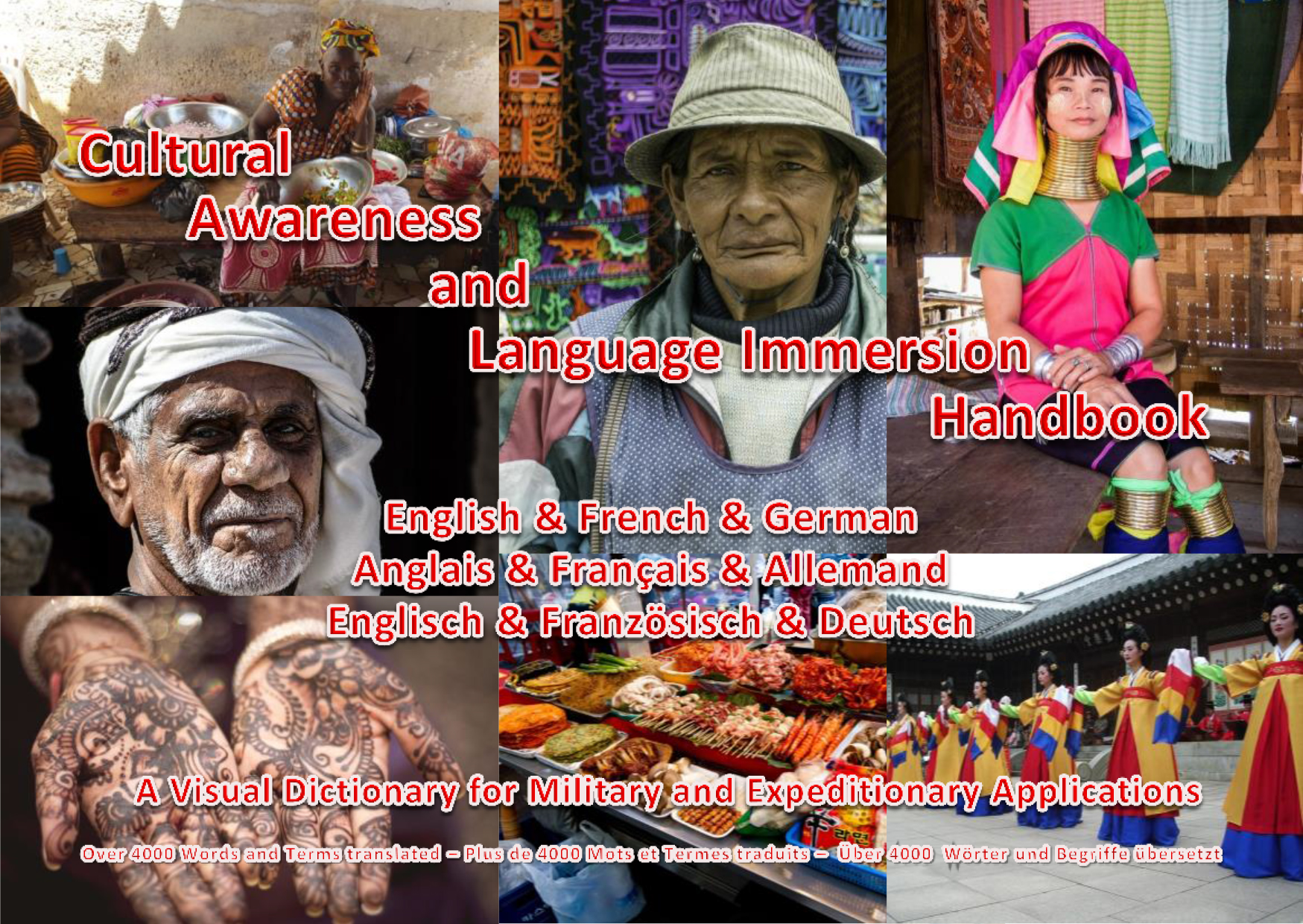Water Movement in Aquifers
 Water movement in aquifers is highly dependent of the permeability of the aquifer material. Permeable material contains interconnected cracks or spaces that are both numerous enough and large enough to allow water to move freely. In some permeable materials groundwater may move several meters in a day; in other places, it moves only a few centimeters in a century. Groundwater moves very slowly through relatively impermeable materials such as clay and shale. (Source: Environment Canada)
Water movement in aquifers is highly dependent of the permeability of the aquifer material. Permeable material contains interconnected cracks or spaces that are both numerous enough and large enough to allow water to move freely. In some permeable materials groundwater may move several meters in a day; in other places, it moves only a few centimeters in a century. Groundwater moves very slowly through relatively impermeable materials such as clay and shale. (Source: Environment Canada)
In order to hydrate your body optimally, you need to drink water that is alkaline
Acid-Alkaline Balance
Proper health starts with the correct acid-alkaline balance in your body. The pH level (acid – alkaline measurement) of our internal fluids affects every cell in our bodies. Extended acid imbalances of any kind can overwhelm your body, and lead to health complications.
Just as the body regulates its temperature in a rigid manner, so will it manage to preserve a very narrow pH range – especially in the blood. As a matter of fact, the body will go to such great lengths to maintain a blood pH of 7.365 that it will even create stress on other tissues, body systems, and organs to do so. Chronic acidity will interrupt all cellular activities and functions – it interferes with life
itself.
When the pH of the body gets out of balance (too acidic), we may experience low energy, fatigue, excess weight, poor digestion, aches and pains, and even more serious disorders.
The cycle of acidity begins primarily as a result of three things:
- Ingesting acids. Eating too many acidifying foods like processed sugar, meats, dairy, coffee, alcohol, etc. Create an acid ash in the body. These acids can overload the body’s ability to neutralize them.
- Creation of acids. Pathogens and microforms create acidifying toxins in the body. As the body becomes more and more acidic, bad bacteria, yeasts and other microforms proliferate in the body. Since these organisms are living, they eat as well as create resulting toxins. These toxins are often very acidifying.
- Improper elimination of acids. Not all acids are the same; some are weak and some are strong. Weak acids like citric acid are much easier to neutralize than strong acids like uric acid. The body uses many systems in order to buffer acids including breath, mineral reserves, and fat. When the body’s buffering systems become compromised, excess acids build up.
The process of reestablishing an acid-alkaline balance begins with building proper diet and nutrition into a daily lifestyle. These healthy changes include eating alkalizing foods (vegetables, low sugar fruits, etc.) and attaining super hydration by drinking plenty of alkaline water that is ionic, re-structured and filled with antioxidants like the water that comes from our NATURAL ARTESIAN PREMIUM ALKALINE WATER AQUIFER.
PH Balance begins with super hydration
Water is the most crucial factor in establishing and maintaining proper acid-alkaline balance. Since your body is about 80% water, it is extremely important to constantly replenish your supply of it. The body loses 2.5 liters of water every day just through normal bodily functions. The quality of the water that you drink is just as important as the quantity of water you drink. The water you put in your body must be able to prevent toxins and chemical substances from accumulating and creating destructive influences on cells. Water must also transport minerals and nutrients required for cell metabolism, and remove any substances that can damage the cell. Ideally, the water you drink should have a pH between 7.8 and 8.0, and you should be drinking 3-4 liters of it daily.
Alkaline water helps to neutralize stored acids and toxins. Once these acids are neutralized, they can then be removed by the body. Alkaline water containing ionic minerals also acts as a conductor of electrochemical activity from cell to cell. Reports from studies suggest that alkaline water can help the body resist disease and slow aging by:
- Increasing Intracellular Hydration
- Replenishing Essential Minerals
- Stabilizing and Protecting Cells
- Helping to Maintain Normal Blood Flow and Acid-Alkaline Balance
- Flushing out and Preventing Wastes from Accumulating in Cells
- Preventing Free Radicals from Forming and Damaging Other Cells because the water has more antioxidants than a glass of orange juice.







 Water movement in aquifers is highly dependent of the permeability of the aquifer material. Permeable material contains interconnected cracks or spaces that are both numerous enough and large enough to allow water to move freely. In some permeable materials groundwater may move several meters in a day; in other places, it moves only a few centimeters in a century. Groundwater moves very slowly through relatively impermeable materials such as clay and shale. (Source:
Water movement in aquifers is highly dependent of the permeability of the aquifer material. Permeable material contains interconnected cracks or spaces that are both numerous enough and large enough to allow water to move freely. In some permeable materials groundwater may move several meters in a day; in other places, it moves only a few centimeters in a century. Groundwater moves very slowly through relatively impermeable materials such as clay and shale. (Source: